What is the main source of capital?
The Prime Minister has just requested a review of the investment rate of the high-speed railway project, on that basis proposing specific mechanisms, especially regarding resource mobilization and procedures, land policies, site clearance, material mines, etc. According to you, why does this project need specific policies?
Specific policy means that the law has no regulations and this mechanism is under the authority of the National Assembly. So, to implement it, what issues are not regulated by law?
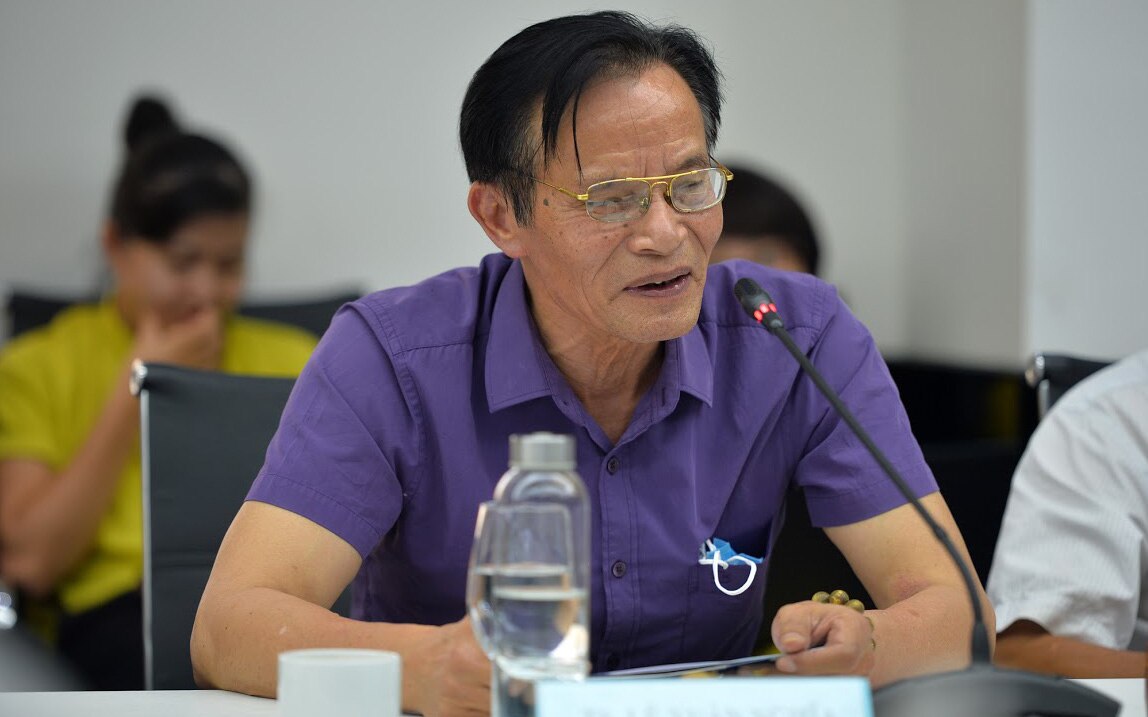
Dr. Le Xuan Nghia, member of the Financial and Monetary Policy Advisory Council, former Vice Chairman of the National Financial Supervision Committee.
To clarify this question, I return to analyze the capital structure of the project including: Capital from the budget; Capital issued from government bonds - essentially also the budget; Capital issued from construction bonds - of localities, ODA capital and bank capital.
4/5 of the capital sources in the above structure are clear. As for the capital source of project bonds, whichever province finds it favorable will issue it, mainly for site clearance, investment in connecting traffic infrastructure, logistics system, etc.
Localities can also take advantage of this opportunity to exploit land funds around high-speed railway stations to develop urban areas, industry, services, etc.
So where do the localities get the money to invest in these projects? They hope to auction off land use rights in these new urban areas, because after they are formed, land values will increase sharply, thereby paying for the construction bonds they issue.
As for ODA loans, I think they are insignificant, only a few billion USD. However, ODA has the advantage of being a readily available source of money that can be used to deposit for technology costs, or design or supervision contracts.
So, the core is still government bonds. Construction bonds are the second largest source. Regarding bank capital, the main problem is how to get the central bank to participate here to build the bond market.
And to solve the problem of mobilizing, using and effectively promoting capital sources for projects as analyzed above, there are 5 policies that need specific mechanisms.
5 special mechanisms
What are those five specific mechanisms, sir?
The first is the specific policy on using budget capital. Current regulations do not allow transferring capital from one category to another.
However, for this project, it is necessary to propose that the National Assembly allow the Government to allow the Prime Minister to flexibly transfer capital between different items, as well as between different categories.
For example, in a project there are many items such as compensation for site clearance, technology purchase, design consultancy, construction and installation... During the implementation process, there will be items to be done first and items to be done later.
Thus, at the same time, there will be items that do not need or need little capital and vice versa. In that case, money from the place that does not need will have to be regulated to the place that is lacking, absolutely not to lack capital. For example, if a construction company lacks money, cannot mobilize workers, the project will immediately be behind schedule.
The second special mechanism is related to the mobilization and use of government bond capital. Up to now, the legal framework from issuance, payment mechanism, and interest rate for government bonds is complete, the only thing lacking is the mechanism that this capital must also be allowed to be flexibly transferred between categories.
For example, bonds raised were supposed to be used to build a bridge, but the bridge design has not been completed, so it can be used to build a road. High-speed rail projects are very large in scale and have complex engineering, so there are many possible scenarios.
The third special mechanism is related to the issuance of construction bonds. Previously, the law only allowed localities with financial potential to issue bonds, so only Hanoi and Ho Chi Minh City were eligible. Meanwhile, the demand of Hanoi and Ho Chi Minh City is not likely to attract bonds because each locality only has one station.
But for other localities, especially those with many tourist attractions, the station is a great development opportunity. Therefore, it is necessary to allow all provinces to issue construction bonds when necessary, and to cover this capital by auctioning land use rights. And they must be responsible for that activity.
The fourth special mechanism is on the issuance of government bonds. The current Budget Law does not allow the central bank to act as an issuing agent, although this is the practice in the world.
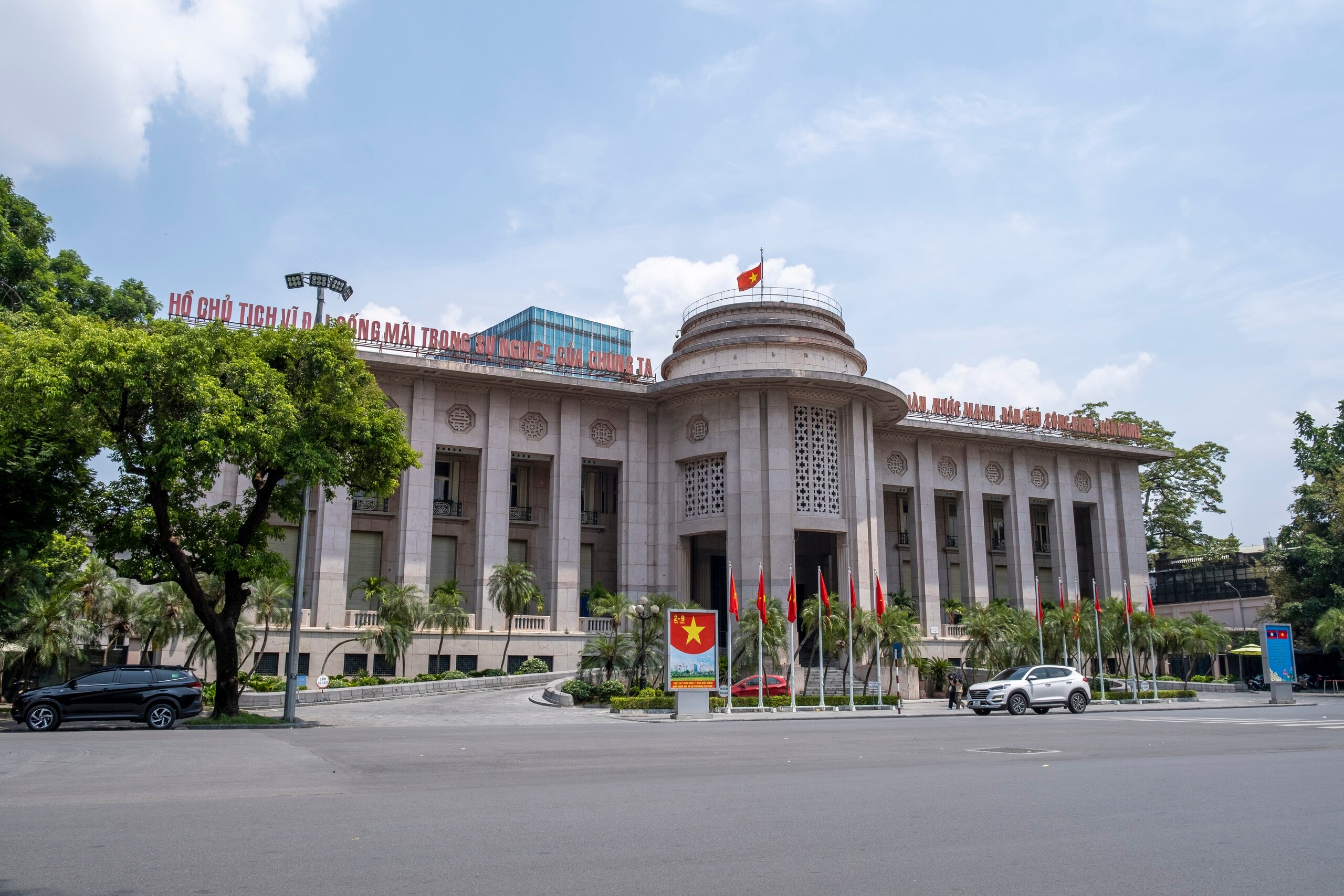
With a central bank "standing by", the Ministry of Finance can issue as many government bonds as it wants, and the central bank also has a tool to regulate currency.
Meanwhile, the central bank has many advantages. Firstly, it can quickly coordinate between monetary policy and fiscal policy, in that: the Ministry of Finance issues, the central bank guarantees. If the Ministry of Finance issues 100 billion but can only sell 50 billion, the remaining 50 billion will be bought by the bank and then, the government bond becomes a tool to adjust monetary policy. For example, if inflation is high and the central bank wants to withdraw money, it will sell bonds and vice versa, when inflation is low, it will buy those bonds back.
In other words, when the central bank is standing by, the Ministry of Finance can issue as much as it wants, without fear of “unsold money”. The central bank also has a tool to regulate the currency, which is to “pump” out and “suck” in.
The fifth special mechanism is to allow all winning enterprises participating in the project to borrow medium and long-term capital from banks without collateral. Or at least borrow short-term working capital without collateral. Instead, the enterprise is guaranteed by debt collection rights or the bank manages the cash flow of customers in this project.
“One of the reasons why the banking system is not open to lending for transport is that in the past, disbursing budget capital to contractors was very complicated. There were even projects that businesses completed, but 5 years later they still had not received payment because they borrowed money to do it first, waiting for the budget to disburse later.
But recently, the disbursement of public investment has been promoted very quickly. Especially with a key project like this, I believe the disbursement speed will be even faster," said Mr. Le Xuan Nghia.
This special policy is not under the authority of the National Assembly but is specific to the banking sector, but the National Assembly needs to give its opinion before the State Bank can direct commercial banks to lend. The State Bank is fully capable of supporting commercial banks when necessary.
For example, the State Bank only needs to reduce the required reserve from 3% to 2% to have a large amount of money for businesses to borrow. Or in the interbank market, with an interest rate of 4%, businesses can borrow at 3%.
For example, a small and medium-sized bank with capital of about 500,000 billion, if its required reserve is reduced from 3% to 2%, can have a surplus of 5,000 billion, enough to lend without collateral.
If we expand to the entire banking system with total deposits of about 13 million billion VND, then with a 1% reduction in required reserves, we will have up to 130,000 billion to lend to the economy.
"No one borrows 60 billion and then stores it away"
If the above 5 specific policies are applied, how do you evaluate the ability to mobilize capital for the project?
Some experts are comparing project size with GDP. That's right, but I think it's not enough.
For a long time, the entire government bond buyer has been the financial system, including banks and insurance companies. They buy them for business purposes. Because this is the safest and most liquid business product, they can sell them at any time and make a profit. For these two reasons, commercial banks spend 2-5% of their total assets to buy them.
Meanwhile, with the total assets of the entire banking system and insurance companies of about 600 billion USD (one and a half times the estimated GDP of 440 billion USD), if every year, they only need to spend about 1% to buy government bonds, we will have 6 billion USD per year.
In fact, the total volume of government bonds of about 350 trillion VND is currently mainly purchased by the banking system. And issuing an additional 150 trillion VND of government bonds for the high-speed railway project is not a problem.
In addition, allowing the State Bank to act as an agent as analyzed above, later commercial banks can trade with the State Bank, using these bonds as a tool to regulate the market, which is even safer.
Not to mention, I know that many international investors are also "looking" at the upcoming government bond issuance, because the interest rates are quite attractive.
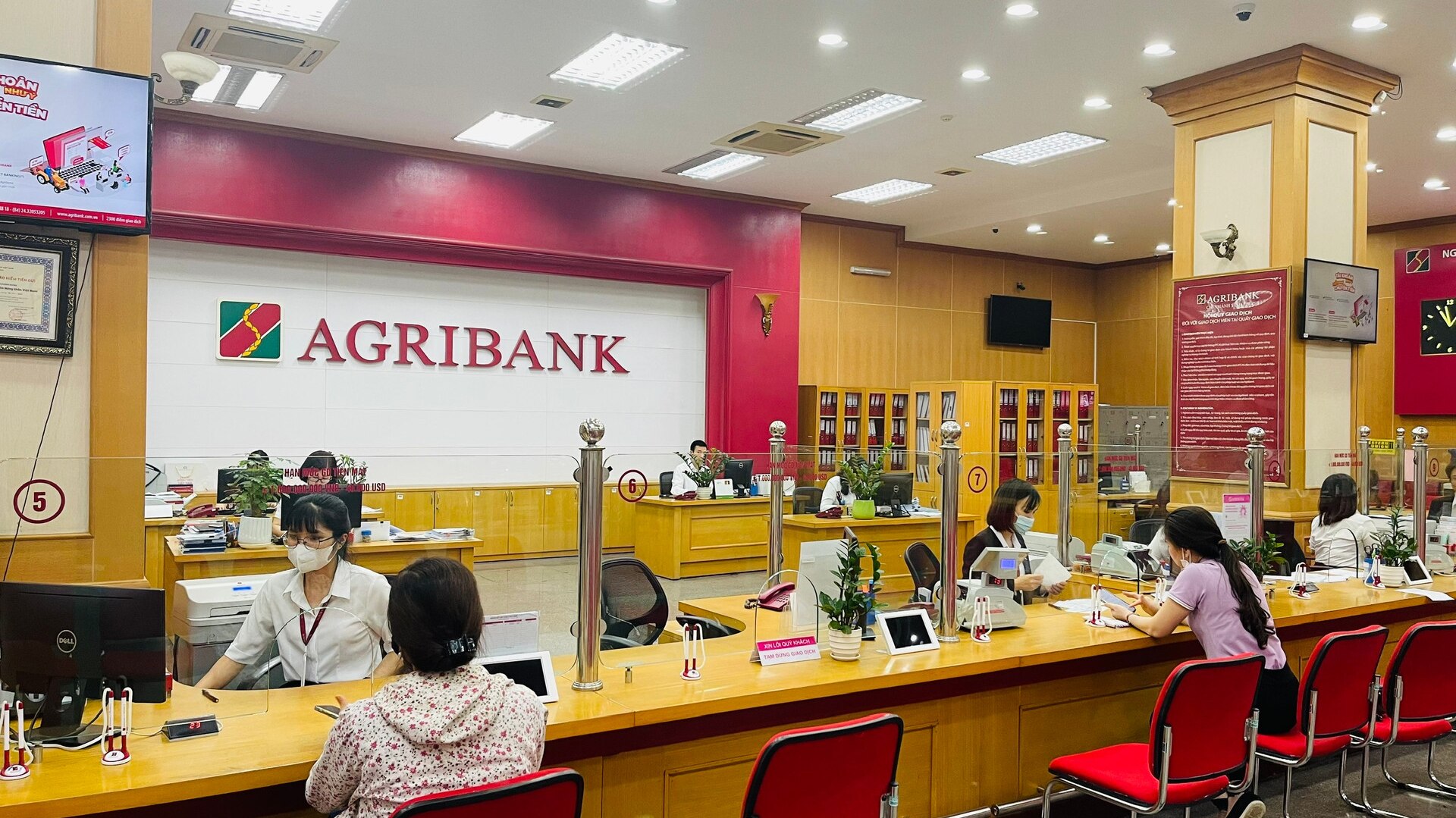
Currently, the banking system is "holding" about 350 trillion VND of government bonds.
As you analyzed, we can temporarily rest assured about the resources for the project. Now is the time to discuss interest rates, how can this burden be lightened?
There is a stream of information calculating that: Total loan capital of 60 billion USD multiplied by 3% interest rate equals 1.8 billion USD per year and 10 years becomes 18 billion USD. Meanwhile, with project revenue of about 200-300 million USD/year, how can we pay that interest?
But they were wrong in their calculations, because no one would be foolish enough to borrow 60 billion USD at once and keep it in the treasury, then withdraw a few billion each year to use it like that. Instead, we will issue in batches, based on the actual needs of the project, for example 6 billion this year, 10 billion next year, 18 billion the year after that...
And in a divergent manner, the mobilization is done as needed, so the interest rate is not as high as expected.
This has been calculated in detail by the Ministry of Transport in the pre-feasibility report, including calculating the project's sensitivity and indicators such as: Internal rate of return (IRR) is higher than bank deposit interest rate; Present value (NPV) is positive.
That's the interest, we still have to pay the principal, don't we, sir?
To fully calculate the financial and economic efficiency of the project, we must look at the whole picture. First, the project's revenue will increase rapidly. Second, the project's spillover effects are huge.
For a long time, we have only calculated revenue from passenger transport, which is not enough, not to mention the spillover effects on the entire supporting industry, such as locomotives, carriages, and real estate market development.
Third is tourism development. Fourth, in the future, we will “profit” from carbon tax…
According to our calculations, the carbon tax could increase revenue by 2-3% for air travel and 4-5% for road travel, which means that all profits would be lost if the transition is not green. This is based on Indonesia's carbon price, which is forecast to be around $60/ton in 2030, and even higher if calculated using European prices.
Looking at this project, if we calculate the revenue to reach 200 million USD as expected and carbon tax at 3%, we can "profit" 6 million USD per year, to cover other costs.
Another added value is attracting labor, solving employment and especially creating an on-site "training school" for high-quality human resources, from mechanical engineering, advanced construction, signal control to administration...
In practice, training activities at vocational schools are not enough, but must be linked to the field and factory. Therefore, we must have a strategy to take advantage of the project as a field site to train a team of highly skilled engineers and workers, creating a premise to serve the development of the defense industry, industrialization, etc.
How to manage, operate and exploit?
We expect GDP to increase by 1% each year , equivalent to 4 billion USD thanks to this project. To be able to complete, even exceed that target, in your opinion, how should the organization, management, and operation be calculated ?
Experience from Japan, the project was initially undertaken by the state, then equitized for 3 private corporations to manage and operate each route.
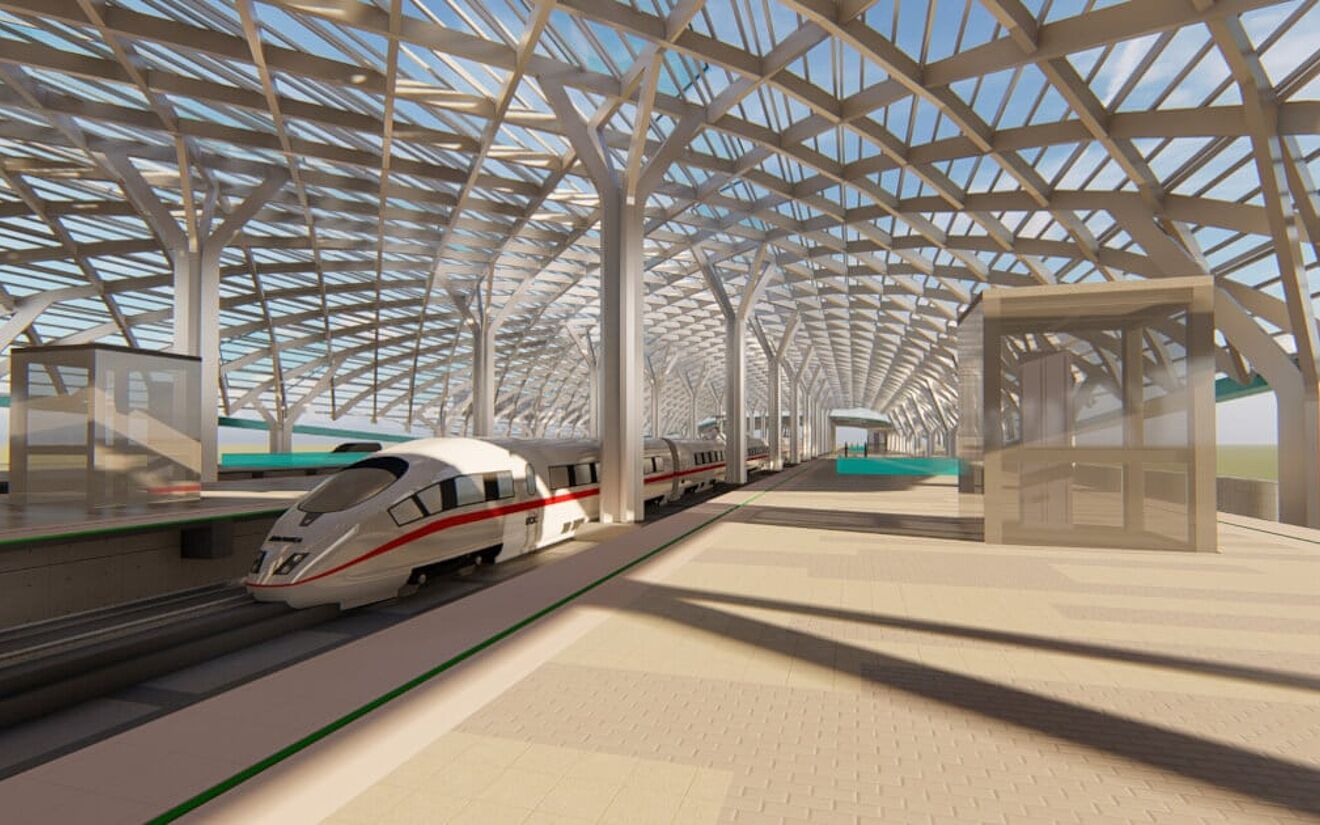
Experience from other countries, AI supports calculation and control of the entire high-speed railway.
In my opinion, we should also organize in a similar way. Initially, it should be a state-owned unit, but gradually hand it over to private companies to exploit, it will be more economical, more transparent, more multi-purpose and thus more effective. If we only focus on exploiting one "item" which is transportation services, there is a high risk of loss.
The next important thing is to quickly train the management and operation staff, apply modern technology, digitize the entire system... If it is digitized, operation is very simple.
Currently, AI systems can support calculations and control of the entire high-speed railway. For example, in Japan, when natural disasters or floods occur while in operation, AI can accurately analyze and stop the entire line at the appropriate time without letting hundreds of trains collide with each other. Only digitization is absolutely accurate like that.
Many people are concerned about whether we have the skills to build, manage and operate such a mega project. That is extremely worrying.
In the past, we had to ask the Soviet Union to build Thang Long Bridge. Later, we built all the bridges in Vietnam. In the past, we also asked the Soviet Union to build Hoa Binh Hydropower Plant, later we built Son La Hydropower Plant which is several times bigger. We have to trust our team of engineers. And most importantly, we use that field to train their skills as mentioned above.
In addition, high-speed railways must become the "backbone" of the economy, connecting with localities not only in economic aspects, but also in social and cultural aspects...
To do so, it is necessary to "transform" each area around the station into a new urban area, where modern and synchronous infrastructure and logistics will radiate to industrial, service and tourism zones according to the strengths of each locality...
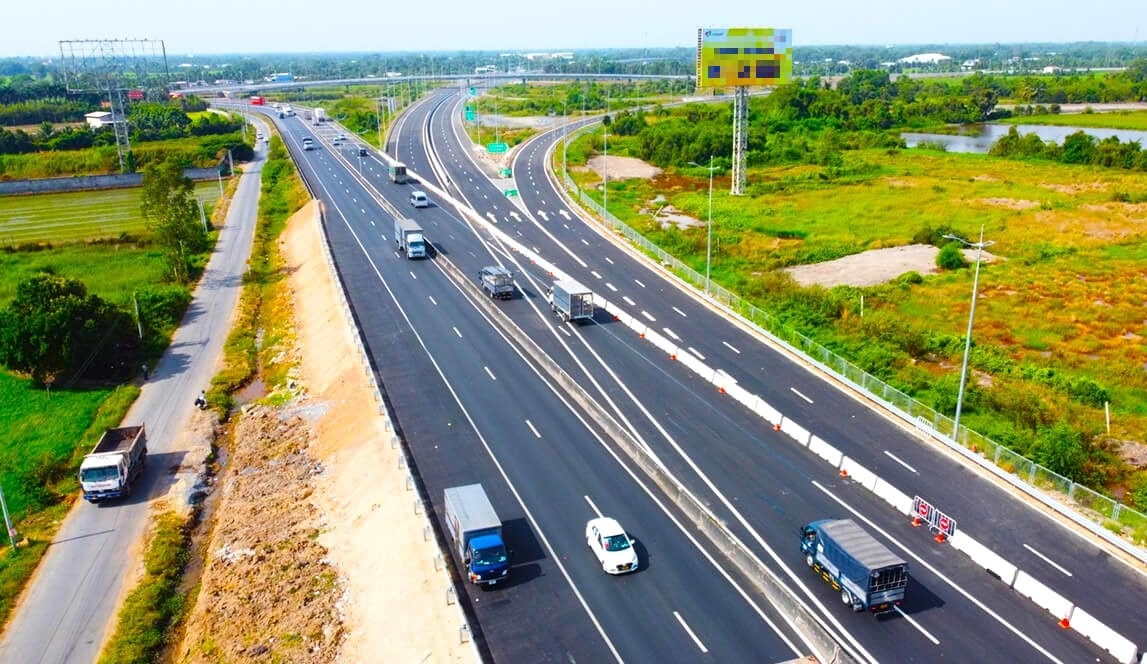
Vietnam has experience in successfully implementing many large infrastructure projects.
Lessons learned in land clearance
We have implemented many large projects, from the North-South Expressway to Long Thanh Airport… But this is the first time with a high-speed railway and it is very large in scale. In your opinion, how should the experience from implementing previous projects be applied?
For the high-speed railway project, the Ministry of Transport proposed a ratio of 60% elevated roads, 30% underground roads, and 10% tunnels and bridges. This is also one of the experiences drawn from the implementation of the North-South Expressway project. Prioritizing elevated roads not only helps avoid traffic, people's lives, and irrigation, but also saves land for road construction, farming land, or land for production and business.
Only roads that have to go through forests, which will have a certain impact on the ecosystem, must be considered. The same goes for national defense land, and this may require a special mechanism from the National Assembly. Previously, people were afraid that elevated roads would be expensive, but now new technology is cheaper than building roads on the ground.
Therefore, I think that for the above-ground parts of the project, we should study to increase the use of new technology - viaduct technology. With this technology, the road will not sink, the drainage will be clear, and there will be no need to worry about the extremely expensive land waste for road embankment...
You just shared that the high -speed railway mainly runs on high ground, but there are still sections that run underground. So how should the site clearance work be implemented ? What experiences from previous projects should be noted?
This is a state project, the law stipulates 3 steps: Mobilization, propaganda; negotiation, agreement on compensation price; enforcement if necessary. Land clearance requires the head of the local government to be determined, dare to do, dare to take responsibility, all for the common good.
This is also the experience of many localities that have done it successfully, typically Hung Yen province recently and before that Quang Ninh province, when the Prime Minister was still the Provincial Party Secretary. The experience is that the Provincial Party Secretary himself must be the Head of the site clearance committee.
With this project, a special mechanism may also be needed, which is for the National Assembly to authorize enforcement if necessary.
Thank you!




![[Photo] General Secretary To Lam concludes visit to Russia, departs for Belarus](https://vphoto.vietnam.vn/thumb/1200x675/vietnam/resource/IMAGE/2025/5/11/0acf1081a95e4b1d9886c67fdafd95ed)
![[Photo] General Secretary To Lam meets and expresses gratitude to Vietnam's Belarusian friends](https://vphoto.vietnam.vn/thumb/1200x675/vietnam/resource/IMAGE/2025/5/11/c515ee2054c54a87aa8a7cb520f2fa6e)
![[Photo] General Secretary To Lam arrives in Minsk, begins state visit to Belarus](https://vphoto.vietnam.vn/thumb/1200x675/vietnam/resource/IMAGE/2025/5/11/76602f587468437f8b5b7104495f444d)

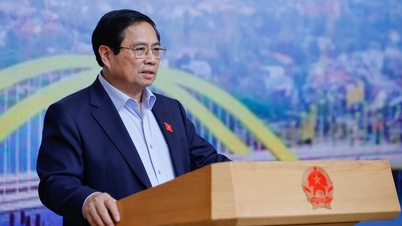

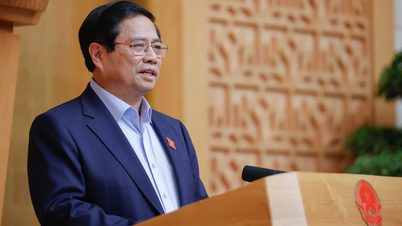

![[Photo] Prime Minister Pham Minh Chinh talks on the phone with Singaporean Prime Minister Lawrence Wong](https://vphoto.vietnam.vn/thumb/402x226/vietnam/resource/IMAGE/2025/5/8/e2eab082d9bc4fc4a360b28fa0ab94de)



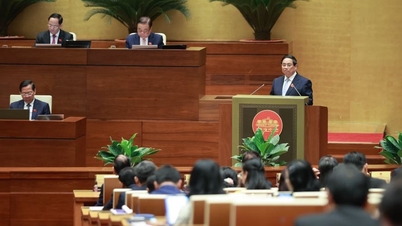
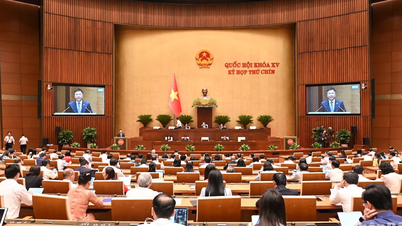
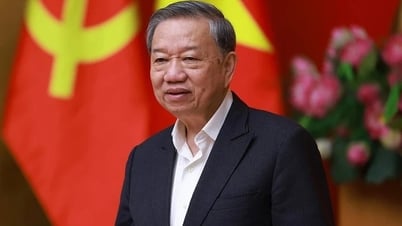



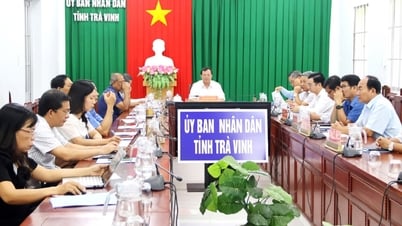
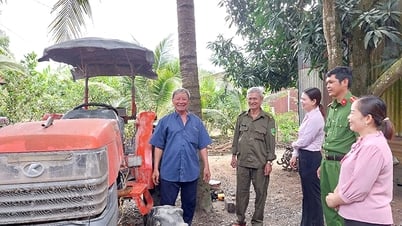






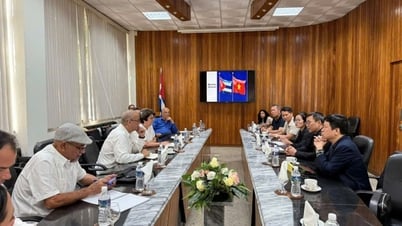




![[Photo] National Assembly Chairman Tran Thanh Man attends the Party Congress of the Committee for Culture and Social Affairs](https://vphoto.vietnam.vn/thumb/1200x675/vietnam/resource/IMAGE/2025/5/11/f5ed02beb9404bca998a08b34ef255a6)




























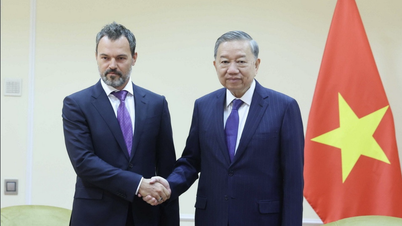















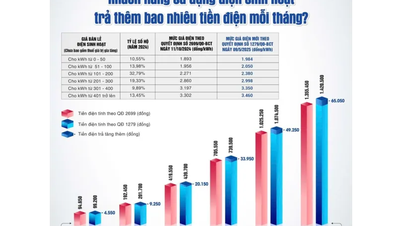

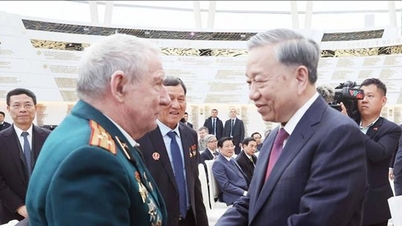


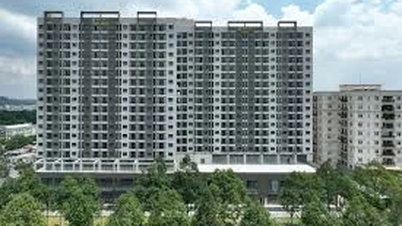








Comment (0)